A planning template for students to use when writing a persuasive text.
Use this planning template when studying persuasive writing with your students.
Encourage your students to use the planning template to help organise their ideas before writing.
The template uses the OREO method for planning a persuasive text (opinion, reason, explanation, opinion).
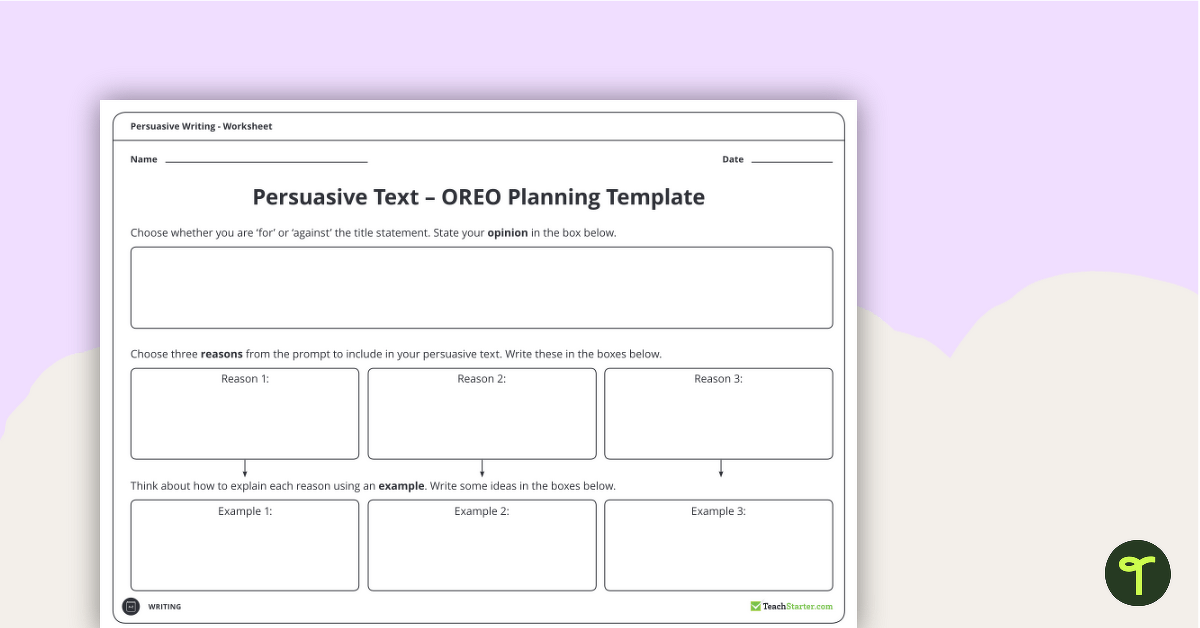
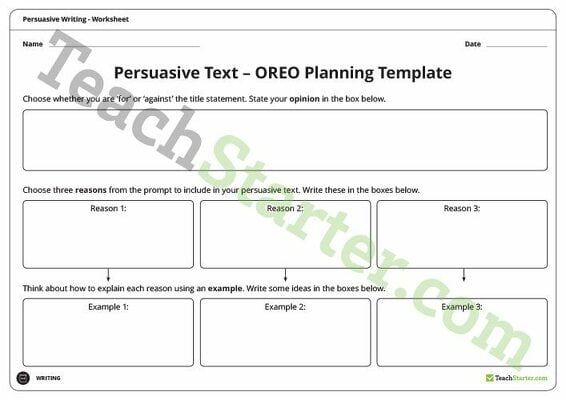

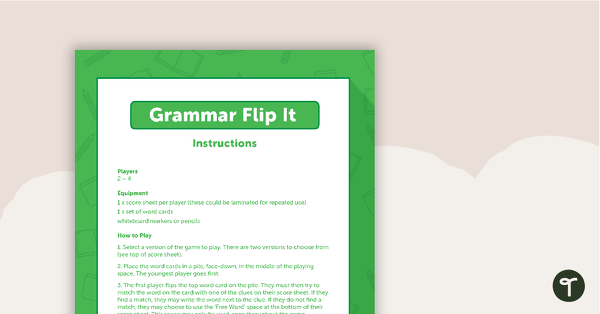
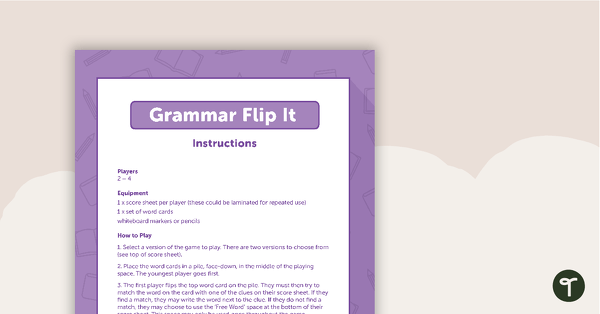


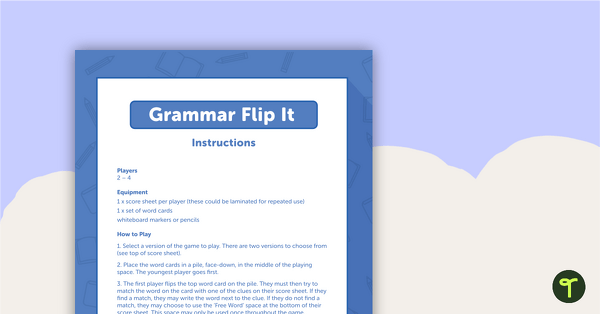


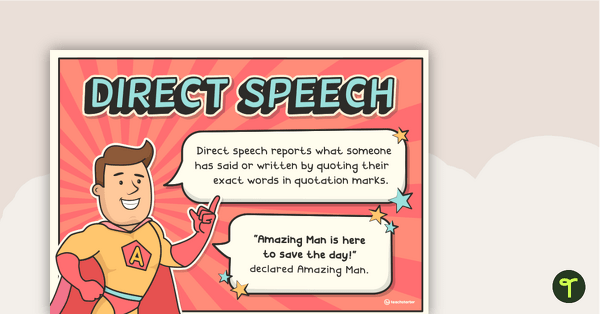
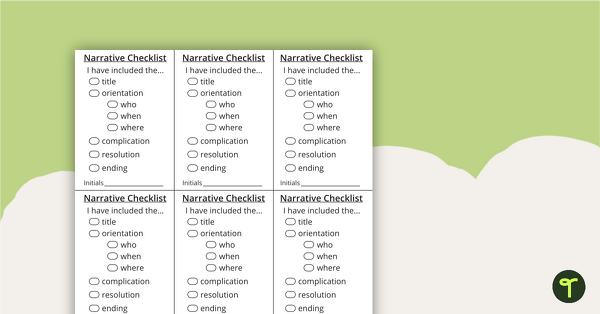
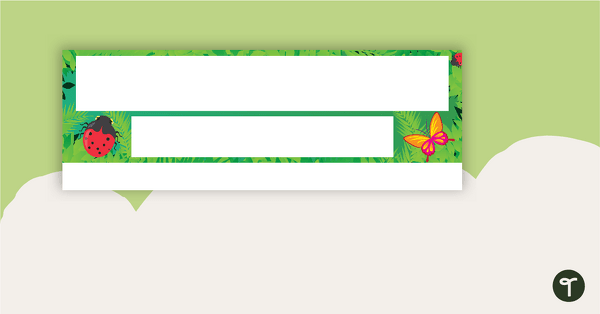
0 Comments
Write a review to help other teachers and parents like yourself. If you'd like to request a change to this resource, or report an error, select the corresponding tab above.